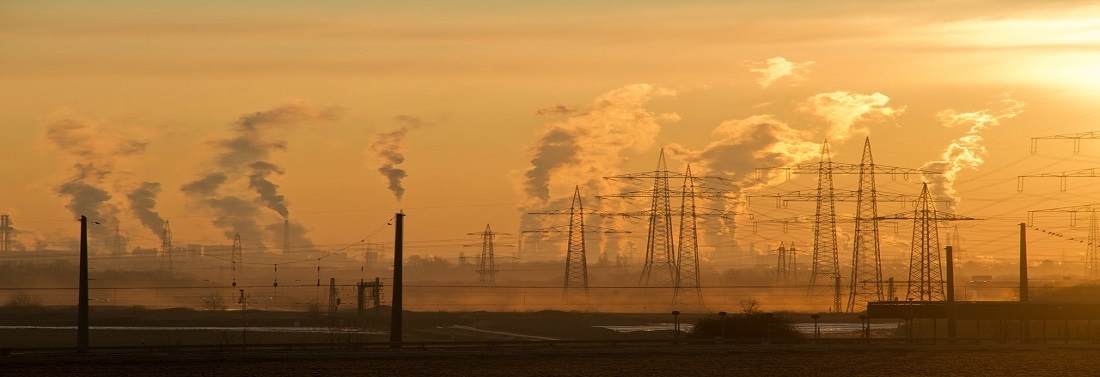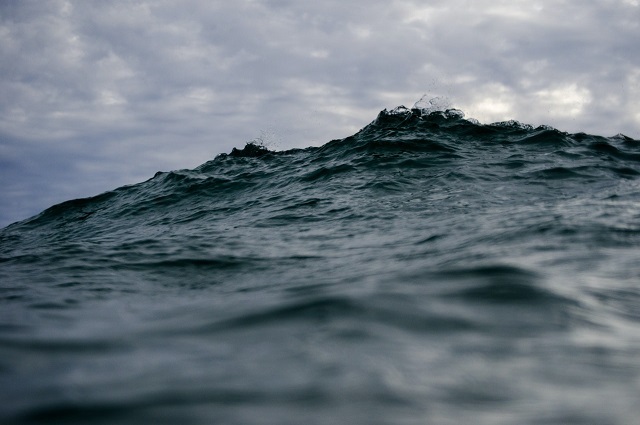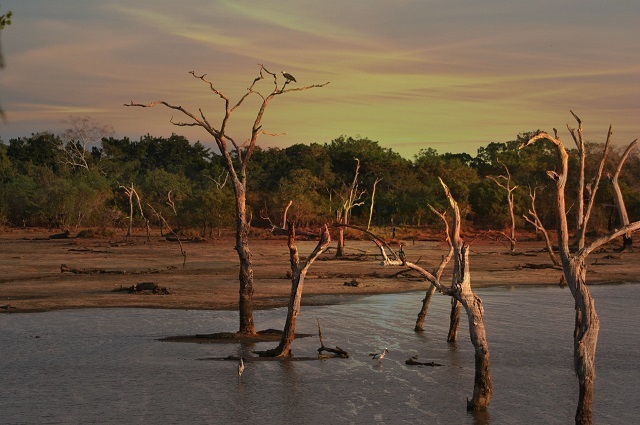8 Important Facts About the Global Climate Emergency
The Intergovernmental Panel on Climate Change recently submitted its sixth report, announcing a code red state for humanity. In a nutshell, we as a species have failed in reducing emissions and greenhouse gases to a significant level, resulting in irreversible damage to the planet.
Meaning the changes we expected to happen over the coming decades and centuries may come by sooner than we thought. Global temperatures will most likely exceed the 1.5C limit set by the Paris Climate Agreement in 2015, leading to extreme natural catastrophes across the globe.
However, all is not lost. Unified and calculated steps to combat these changes might be our last chance to save our planet from inevitable doom. Here are some facts about the global climate emergency you should know to stay in terms with the situation.
Global Temperatures Are Constantly Rising
Attributing to the massive amounts of coal, oil, and gas production, billions of tons of CO2 are released into the atmosphere. Yet, instead of reducing its impact, human activity producing greenhouse gases is at its highest point ever in history as we speak.
Consequently, we faced the hottest temperatures ever recorded during the last four years. As a result, the World Meteorological Organization stated in 2019 that the levels are close to an unacceptable risk to human existence.
While the Paris Agreement pledged to hold the levels well below two degrees Celsius and conduct efforts to maintain the temperature from increasing beyond 1.5 degrees. Unfortunately, despite the constant agreements and discussions, we are on track to hike these levels up to three degrees Celsius by the end of this century.
With ice sheets and glaciers melting at astonishing rates, sea levels rapidly rise. This puts almost two-thirds of the world’s population as more than 40% lives within 100 km of a coastal area.
These include metropolitan districts like New York. Abu Dhabi, Rio de Janeiro, Osaka, and Shanghai. If the current state continues, we might see these cities underwater in our lifetimes, resulting in the displacement of millions.
Food and Water Scarcity is Inevitable
The worst news is that rising temperatures will impact global food and water security apart from causing heat waves, rain spells, and cyclones. Most people don’t know that climate change directly causes soil to degrade in quality.
More than 500 million people have limited food supplies due to erosion. Yet, despite that, almost 30 percent of all the food produced globally is wasted.
Similarly, climate change also impacts the availability of drinking and irrigation water. As a result, some regions struggle to maintain crops that have thrived for centuries, putting global food security at risk.
Extreme Events Are Becoming Frequent and Severe
Speaking of extreme heat events, our minds directly go towards the recent devastating wildfires in California, Southern Europe, and Australia. Unfortunately, while these events show the severity of hot weather events, there’s more bad news.
Previously, such events were only likely to happen once in 10 years. However, if our planet hits the 1.5C threshold, these events will occur four times every ten years.
Similarly, the events that would usually occur once in 50 years will now manifest up to four times in the same duration.
Besides that, heavy rain is also expected to become commonplace during the monsoon. Research shows that the specific kind of once-in-ten-years rain spell which causes significant damage is now happening almost 1.3 times every ten years.
If the temperatures continue to rise, this expectancy might rise to 1.5 times every ten years.
That’s not all; with the frequency of these events, we will see the severity increase with every blow. This means the coming disastrous events will be hotter and wetter than those before.
Similarly, each continent will see more droughts, typhoons, hurricanes, and cyclones, causing mass destruction, displacement and land erosion.
With that comes the lack of funds as such events cost the world economy around 520 million USD every year, pushing a huge fraction of the population towards poverty.
Climate Change is a Catalyst for Global Conflict
Destruction, devastation, and displacement are not the only things we need to fear when extreme weather events due to climate change. With diminishing resources, worldwide competition will rise inland, fuel, food, and water.
Ultimately, this will create grave socioeconomic situations between rival nations. Climate change is already causing unrest in a few areas, including Africa and Latin America.
With rising hunger issues, around 140 million people residing in Sub-Saharan Africa, South Asia, and Latin America will be forced out of their homes by 2050.
Inevitably, this means increasing immigrants and refugees in other parts of the world, which is speculated to cause civil unrest.
Sea Levels are Rising as we Speak
Amidst all the global climate emergency facts, this one is the most disastrous and damaging to human life. The warming of oceans worldwide is rapidly causing ice sheets and glaciers to melt. This results in higher sea levels.
On top of this bad news, we’re not stopping at any cost. Sea levels have risen faster than ever since 1900. Such a rise hasn’t been seen in the last 3000 years.
Unfortunately, defensive measures taken now will not do much to stop the calamities due to rising sea levels.
That’s because most of the expected sea-level rise is already baked in. Meaning, as oceans take a long time to warm up, the damage is already done, even if we can’t see it right now.
Even if we limit the global temperature rise to 1.5C, the sea level is set to rise around two to three meters in the next 2000 years. However, if the temperature increases to 2C, we can expect a rise of up to six meters from the current sea level.
The Arctic is the Worst-Hit Area
Compared with other parts of the world, the temperatures are rising faster in the Arctic. As a result, from 2011 to 2020, climate change managed to plummet the sea ice level in the Arctic to its lowest point since 1850.
Moreover, sea ice in the Arctic during summer was smaller last year than in the past 1000 years. A recent IPCC report suggests that the minimum sea ice in the Arctic can fall below one million square kilometers before 2050. In simple words, this means the Arctic will become completely void of sea ice.
Humans Will Have to Adapt to Climate Change
For decades, taking measures to mitigate climate change by limiting harmful emissions and controlling global warming has remained in global discussions. However, all these plans and discussions seem to have been in vain.
Today, humans will have to accept that the effects and consequences of climate change are inevitable, even if we achieve our previously set goals. Planetary warming is an inescapable phenomenon that humanity will have to adapt to in the long run.
For example, measures will be needed to protect the populations at risk of extreme weather events. Similarly, plans to minimize the effects of rising sea levels and shifting precipitation patterns will need to be put into place sooner than we thought.
Such measures include flood defenses, drought-resistant crops, and redesigning communication and business systems.
To facilitate these plans, development banks have a dedicated fund of only $16.7 billion every year from donor countries. On the other hand, the costs remain at more than $70 billion annually, considerably exceeding the available funds.
Optimism is Still an Option
Although the grim reality of climate change is crystal clear, we can still afford to be optimistic and avoid its worst effects. While the recent IPCC report showed a code red signal to humanity, it established that the 1.5C target set by the Paris Agreement is still achievable.
Mainly, the tools to achieve this target are available, but we lack time. Therefore, developed countries need to perform drastic improvements and immediately take action against climate change.
Some tools to combat this situation or decrease the severity of its consequences include renewable energy, sustainable farming, and carbon capture technologies. Meaning, not all is lost amidst this climate change emergency.
Author Bio: Our Endangered World is on a mission to make our world more protected. We believe climate and conservation awareness is the key to maintaining and protecting our planet. Follow us on Twitter and Pinterest.





Sorry, the comment form is closed at this time.